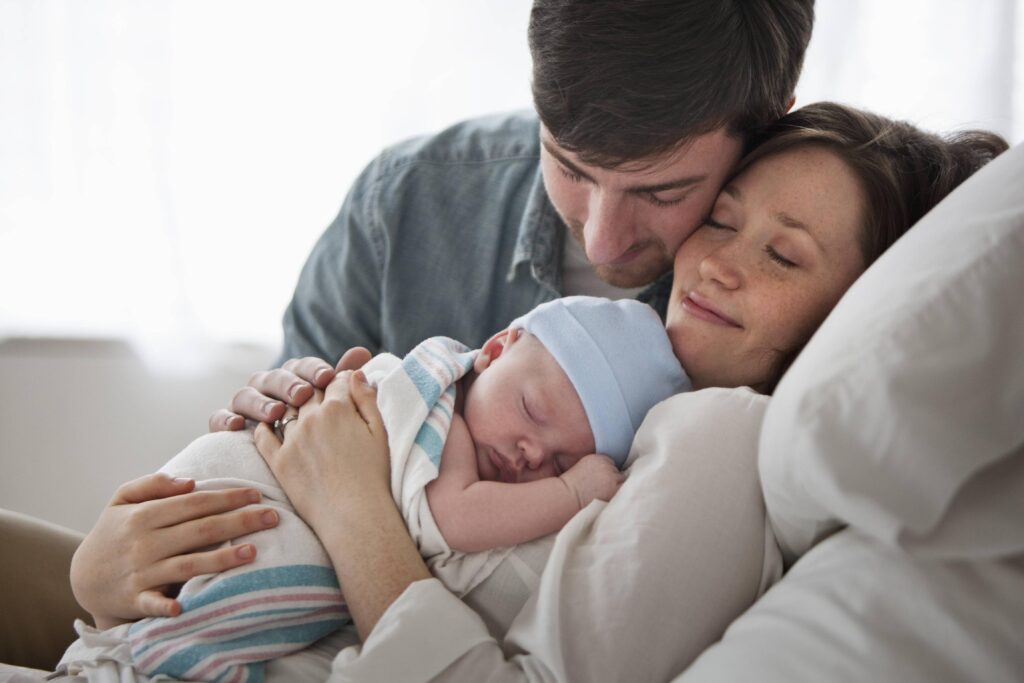Circumcision Sydney is a commonly performed on newborn males for religious or personal reasons. Parents may elect to perform the procedure or not.
Circumcision has several health advantages, such as reducing the risk of urinary tract infections in the first year after birth. Furthermore, some studies have demonstrated that circumcised boys are less likely to contract certain sexually transmitted infections like HIV than their non-circumcised peers.
The procedure
Circumcision Melbourne is a surgical procedure that removes the foreskin (extra skin) from the tip of your child’s penis. This may be done for health reasons or as part of a religious ritual.

A trained healthcare professional such as a urologist, obstetrician or pediatrician performs this procedure either in the hospital or outpatient setting. Depending on your baby’s age, you may be asked to sign a consent form before beginning the procedure.
Circumcision can help protect newborns from urinary tract infections and cancer of the penis in older boys and men; however, these benefits are insufficient to justify universal newborn circumcision.
Preparation
Circumcision is generally a safe procedure for most infants, but it’s still essential to discuss the potential risks and advantages with your doctor first. Doing this will guarantee that you feel confident in making the decision to circumcise your child.
Newborns have a very low pain threshold, so the procedure should be performed under local anesthesia. This can be accomplished with either an injection of local anesthetic or topical numbing cream applied directly onto the area.
The procedure only takes a few minutes, and your baby should remain awake throughout it. Your doctor will use a clamp to stop bleeding before freeing and trimming away the foreskin.
After the procedure, your doctor will apply some ointment (like antibiotic or petroleum jelly) on your baby’s penis and cover it with loose gauze. This helps shield his penis from germs while keeping the wound from sticking to his diapers. Healing of your child’s penis may take up to 10 days.
Pain relief
Pain is a common complaint among infants, and it’s essential to address the discomfort during and after circumcision. This can be accomplished by applying topical anesthetic cream before the procedure or injecting medicine to numb the penis for the procedure.
Studies have demonstrated that acetaminophen helps reduce pain during and for several hours after surgery. It may also make babies feel more at ease, which may aid in sleep. Pacifiers dipped in sugar water or swaddling can also lessen discomfort and stress for the infant.
Some infants experience minor bleeding at their circumcision site, but this usually stops after a few days. This could be caused by diaper rubbing against the wound or indicate an issue with the plastic ring that holds their foreskin in place after surgery.
Post-circumcision care
Circumcision is an operation that removes the hood of skin (known as foreskin) that covers the head of a penis. It typically occurs on newborns during their first week of life.
Pediatricians, family physicians, obstetricians and neonatologists commonly perform this procedure as part of a religious ceremony.
Once circumcision has taken place, it’s important to take proper care of the site and promote healing. On average, it takes 7-10 days for a circumcised area to completely heal.
Additionally, try to avoid unnecessary car travel and keep the incision clean with a gentle soapy water bath. If a dressing was applied at the site of circumcision, make sure it’s changed daily with petroleum jelly for best results. Doing so will prevent crusting at the tip of your penis.